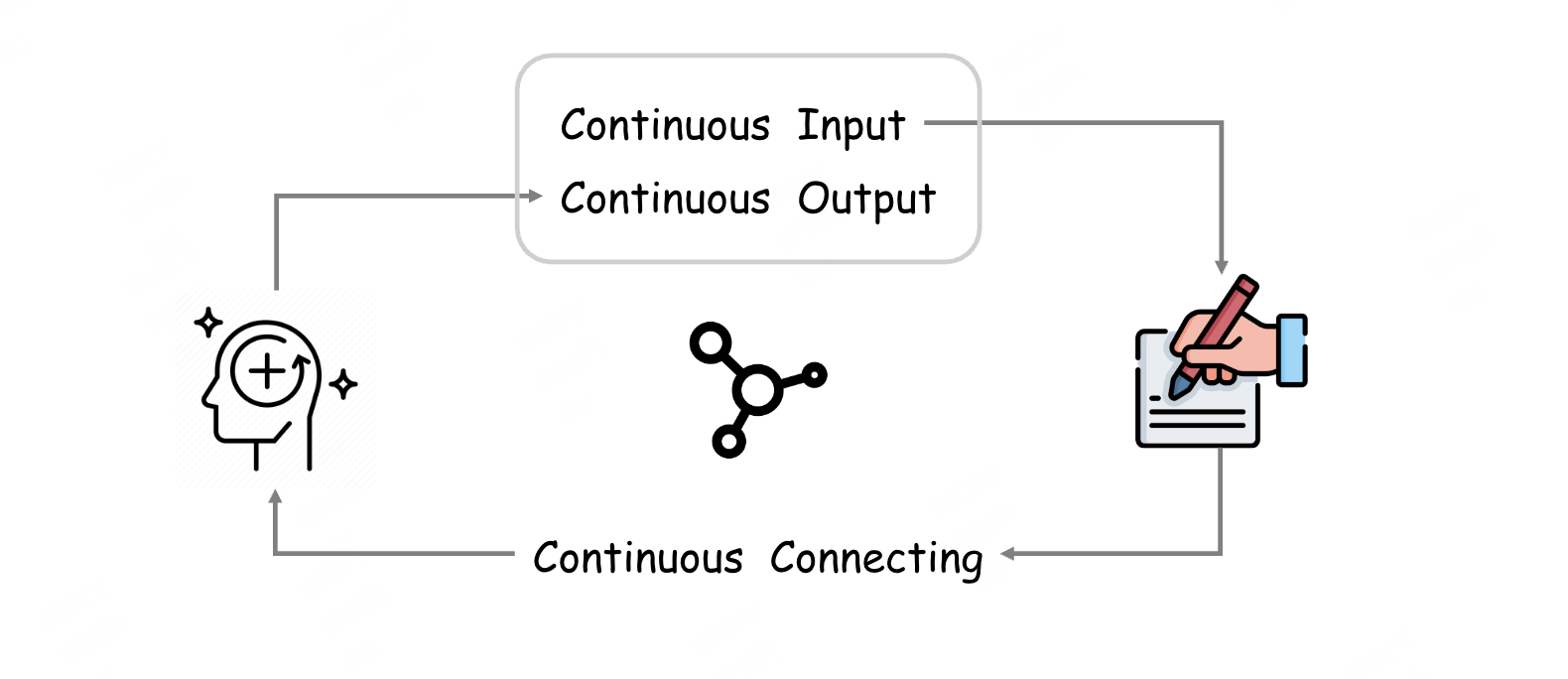Why create Rethink?
Why create Rethink?
Learning through Fading Memory
Do you forget knowledge?
We definitely forget, and it's a fact written in our genes.
However, there's a counterintuitive rule: forming new cognitions depends on forgetting knowledge!
What is forgetting?
The ability to forget is a result of natural selection. Not being able to forget is actually a disease (hyperthymesia).
People who cannot forget may remember every single thing, but they struggle to internalize and abstract things, making it difficult to extract the essence. (A Case of Unusual Autobiographical Remembering)
We use forgetting to eliminate the noise around things, creating opportunities to delve deeper into their essence. (Similar to AI's self-training, I'll talk more about it when I have a chance)
Accepting Forgetting
Past input will inevitably be forgotten. But if it can return to you when needed, becoming part of your new cognition, the long-term input will generate value again.
- Continuous input: Persist in recording your bits of cognition, trusting that they will come back to you
- Continuous association: In the process of recording, associate old cognition with new cognition
- Continuous output: Association is the "process of thinking," and with thinking comes output

Let Thoughts Come to You
To create an upward spiral of continuous input-association-output, relying on search alone is not enough. Rethink has built a recommendation system that allows your past knowledge and thoughts to actively find you.

Each time you input new information, real-time recommendations of related content you've recorded will be provided, ensuring no "outdated information" exists in your knowledge base. Every piece of recorded information can play a role again at some point in the future, assisting in the construction of your new knowledge.
Why can input become output?
Input is no longer just emotionless copying and pasting. Rethink injects "hooks of thought" into your continuous input.
By presenting your stored knowledge in front of you again, when you reopen, browse, think, analogize, and associate, new cognitions are actually unfolding in your mind. When new cognitions begin to form, what you write is no longer just pure input, but output.
